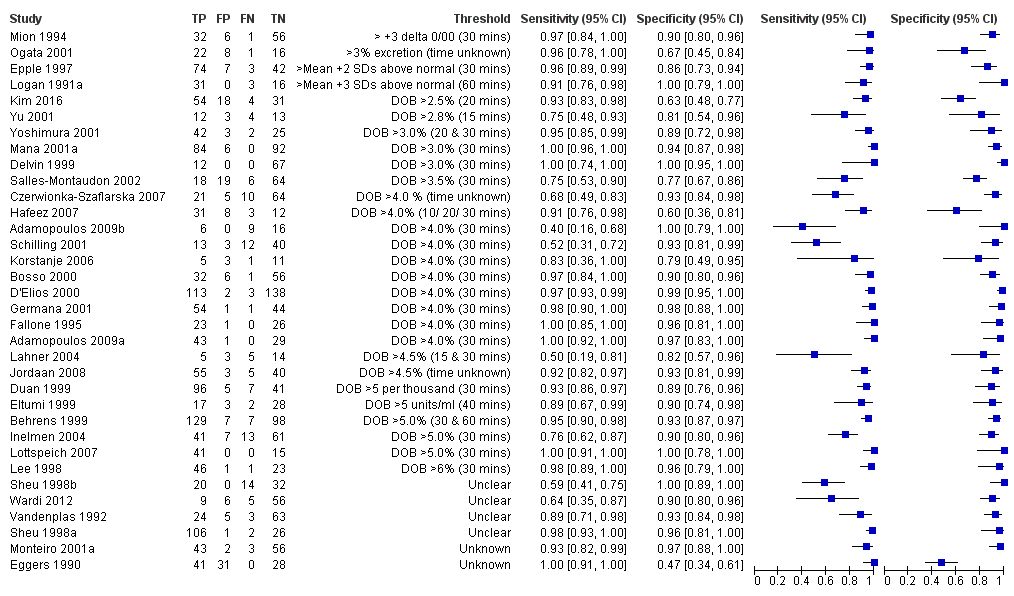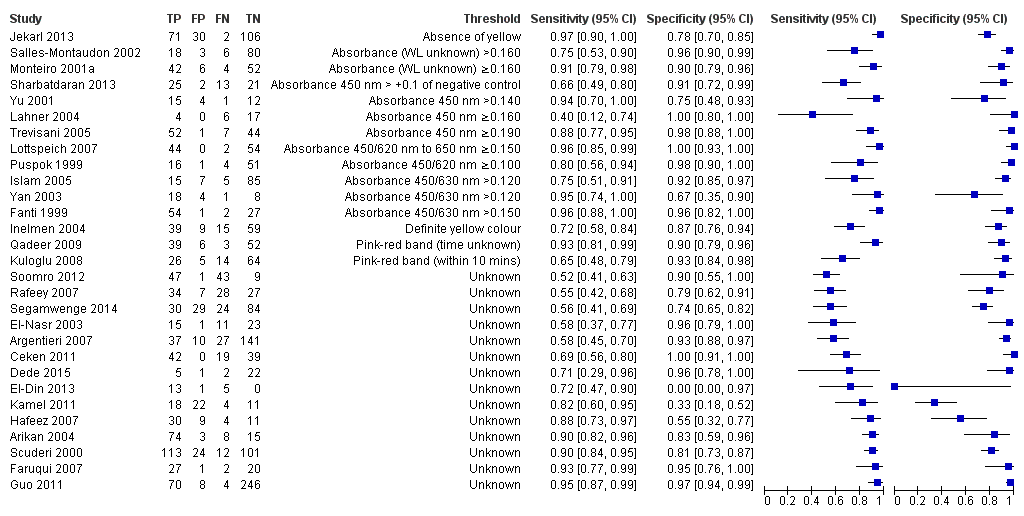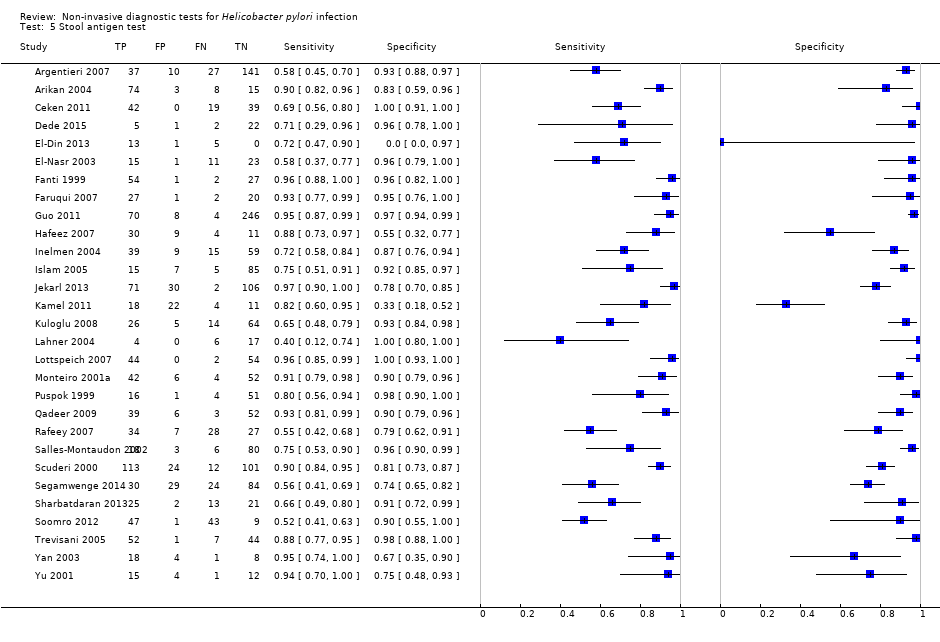Contenido relacionado
Revisiones y protocolos relacionados
Alexander C Ford, Yuhong Yuan, David Forman, Richard Hunt, Paul Moayyedi | 6 julio 2020
Paul Moayyedi, Shelly Soo, Jonathan J Deeks, Brendan Delaney, Adam Harris, Michael Innes, R Oakes, Sue Wilson, A Roalfe, Cathy Bennett, David Forman | 16 febrero 2011
Luís Eduardo S Fontes, Ana Luiza C Martimbianco, Carolina Zanin, Rachel Riera | 12 febrero 2019
Qian Ren, Xiang Yan, YongNing Zhou, Wei Xin Li | 7 febrero 2016
Yuhong Yuan, Alex C Ford, Khurram J Khan, Javier P Gisbert, David Forman, Grigorios I Leontiadis, Frances Tse, Xavier Calvet, Carlo Fallone, Lori Fischbach, Giuseppina Oderda, Franco Bazzoli, Paul Moayyedi | 11 diciembre 2013
Olga P Nyssen, Adrian G McNicholl, Francis Megraud, Vincenzo Savarino, Giuseppina Oderda, Carlo A Fallone, Lori Fischbach, Franco Bazzoli, Javier P Gisbert | 28 junio 2016
Alexander C Ford, Kurinchi Selvan Gurusamy, Brendan Delaney, David Forman, Paul Moayyedi | 19 abril 2016
Mahmoud H Mosli, Claire E Parker, Sigrid A Nelson, Kenneth A Baker, John K MacDonald, GY Zou, Brian G Feagan, Reena Khanna, Barrett G Levesque, Vipul Jairath | 25 mayo 2017
Tsetsegdemberel Bat‐Ulzii Davidson, Mohammad Yaghoobi, Brian R Davidson, Kurinchi Selvan Gurusamy | 7 abril 2017
Javier P Gisbert, Sam Khorrami, Fernando Carballo, Xavier Calvet, Emili Gené, Enrique Dominguez‐Muñoz | 19 abril 2004

































